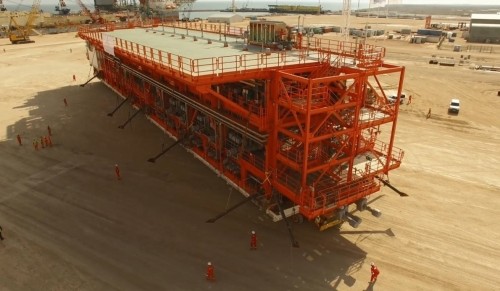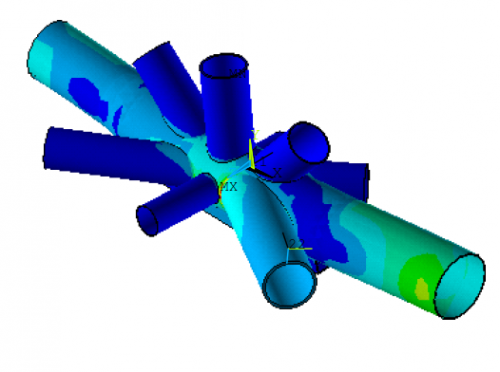DCRPROGETTI presentation at the XXVIII Congress on metal structures organized by C.T.A. held in Francavilla al Mare (Pescara) in 2022.
The aim of this document is to illustrate the peculiarities that characterize a particular sector within industrial plants, that is the one that deals with the handling of bulk materials. A first part will be used to describe the various equipment that make up the plant, such as the different types of conveyors, belts, driving and tail heads, counterweights, hoppers and all the other fundamental elements for the loading, handling, unloading and storage of materials. It then continues with the identification of typical loads, "special" loads and the various stresses induced by handling. Finally, structural elements and types that are best suited to the service of the aforementioned equipment are identified, such as bridge beams, galleries, bents, loading towers, unloading towers or distribution towers with a focus on the main structural problems to be taken into account in the design.





